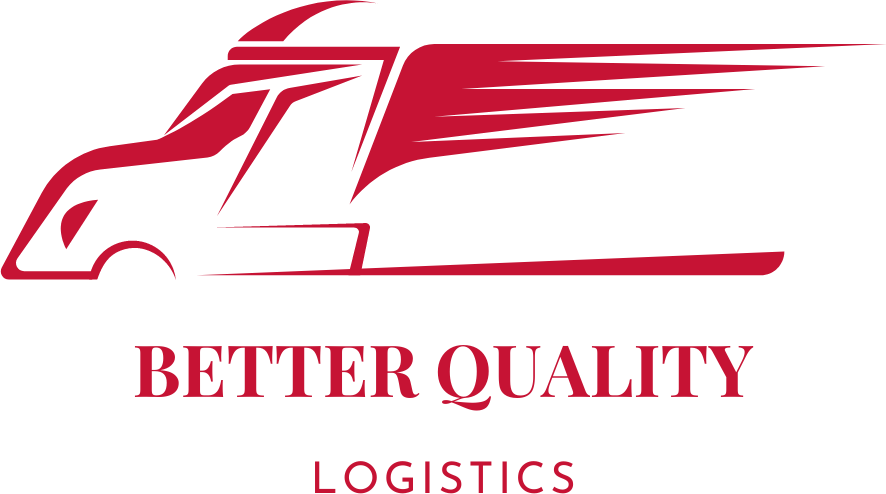How profitable is hotshot trucking? Well, despite what others say, we believe trucking freight courier services is an excellent career path here in the States.
Why? For many reasons:
- After COVID-19, trucking freight courier services have turned into a glowing industry. The US trucking and transport industry is valued at $273.2bn and it has grown 4.4% from 2018 to 2023. And, it is expected to grow at least 5% annually through 2025.
- Trucking freight courier services is a flexible career that allows drivers to choose their own schedule, specialty, and routes.
- Drivers can work as independent contractors or employees for various companies, such as DHL, FedEx, UPS, etc. What’s more, they can also use online platforms such as Shipley or Truck-stop to find loads that match their availability and preferences.
- Trucking freight courier services is a lucrative career that pays well depending on the type of load, distance, urgency, etc. Some of the highest-paying trucking jobs in the US include delivery driver ($16.85 per hour), owner-operator driver ($26.93 per hour), and oversize load driver ($59.89 per hour).
Table of Contents
How Much Is The Hot Shot Trucking Salary?
The average hot shot driver salary in the United States is $52,650 as of February 27, 2023. But, it can range from $46,493 to $60,377.
This value is what remains after expenses such as fuel, maintenance, insurance, and other costs that hot shot drivers have to pay for themselves.
Note: Hotshot drivers can also increase their income by choosing high-paying gigs and building a loyal customer base.
How much is the non-CDL hotshot salary?
Usually, non-CDL hot shot salaries are pretty similar to CDL hot shot salaries.
The average annual pay for a non-CDL hotshot driver in the United States is $53,484 (source: ZipRecruiter, which is about $25.71 an hour. But, it can fluctuate depending on the weight of the cargo and the state where you work.
For example, New York pays the highest average salary of $57,951, while North Carolina pays the lowest average salary of $36,588.
Read our complete article on how to get non-cdl loads in 2023.
What Are The Non-CDL Hot Shot Trucking Requirements?
Buying the best hotshot truck without passing the regulation requirements won’t let you drive. Here are the non-CDL hot shot trucking essential requirements:
1. A driver’s license.
2. A US DOT number for safety and identification purposes if you haul more than 10,001 pounds or across state lines.
3. An operating authority (MC) number.
4. Liability insurance.
5. Unified carrier registration for interstate hauling.
6. A truck and a trailer that has a gross vehicle weight rating (GVWR) under 26,000 pounds.
Note: Above requirements may vary and it depends on the type of hot shot trailers type and essential equipment needed for hotshotter.
What Are The Hot Shot Trucking DOT Regulations?
Hot shot trucking DOT (Department Of Transportation) regulations are the rules and requirements that hot shot truckers must follow to operate legally.
The main DOT regulations are:
- DOT medical card: Hot shot truckers must pass a physical exam by a certified medical examiner. Plus, they must obtain a medical card that proves they are fit to drive.
- Commercial driver’s license (CDL): Hot shot trucking startup business venture will need a CDL if their vehicle or vehicle combination has a gross-vehicle-weight-rating (GVWR) of more than 26000 lbs.
- Operating authority: Hot shot truckers must register with the Federal Motor Carrier Safety Administration (FMCSA) and acquire a USDOT (United States Department Of Transportation) number.
- Safety permit: If you are carrying hazardious chemical components then you must check out what quantity or how much you can carry to pass DOT safety permit.
And, they will also need to get a motor carrier (MC) number if they haul more than 10000 lbs or across state lines.
- BOC-3: You must file a BOC-3 form with the FMCSA that designates an agent for each state they operate in. These agents can receive legal documents on their behalf.
- Hours of service:
- 14-hour duty limit: A driver may not drive after 14 consecutive hours on duty, following 10 consecutive hours off duty.
- 11-hour driving limit: A driver may not drive more than 11 hours during the 14-hour duty period.
- 30-minute break rule: He must take a break of at least 30 minutes after driving for eight cumulative hours.
- 60/70-hour limit: You may not drive after reaching 60/70 hours on duty in seven/eight consecutive days.
A driver can restart this cycle by taking at least 34 consecutive hours off duty.
- DVIR: You must complete a daily vehicle inspection report (DVIR) before and after each trip. This is for checking for any defects or damage that could affect the safety of their vehicle.
- Drug and alcohol test:
According to sections 392.4 and 392.5 under codes for commercial vehicles, drivers are not allowed to drink alcohol or take drugs while on duty.
So, you must undergo drug and alcohol testing:
- Before being hired
- After an accident
- Randomly during employment
- Upon reasonable suspicion
- Before returning to duty after a violation.
Wrapping Up
Well, that’s all there’s to it, people. To sum it all up, it is a lucrative and challenging career option for entrepreneurs who enjoy driving and delivering cargo.
But, starting a hot shot trucking business requires careful planning and compliance with various regulations and requirements. However, if you stick to our guide above, you’ve got nothing to be worried about.
If you have any further questions or comments about hot shot trucking or starting a hot shot trucking business, feel free to leave them below. We would love to hear from you!
